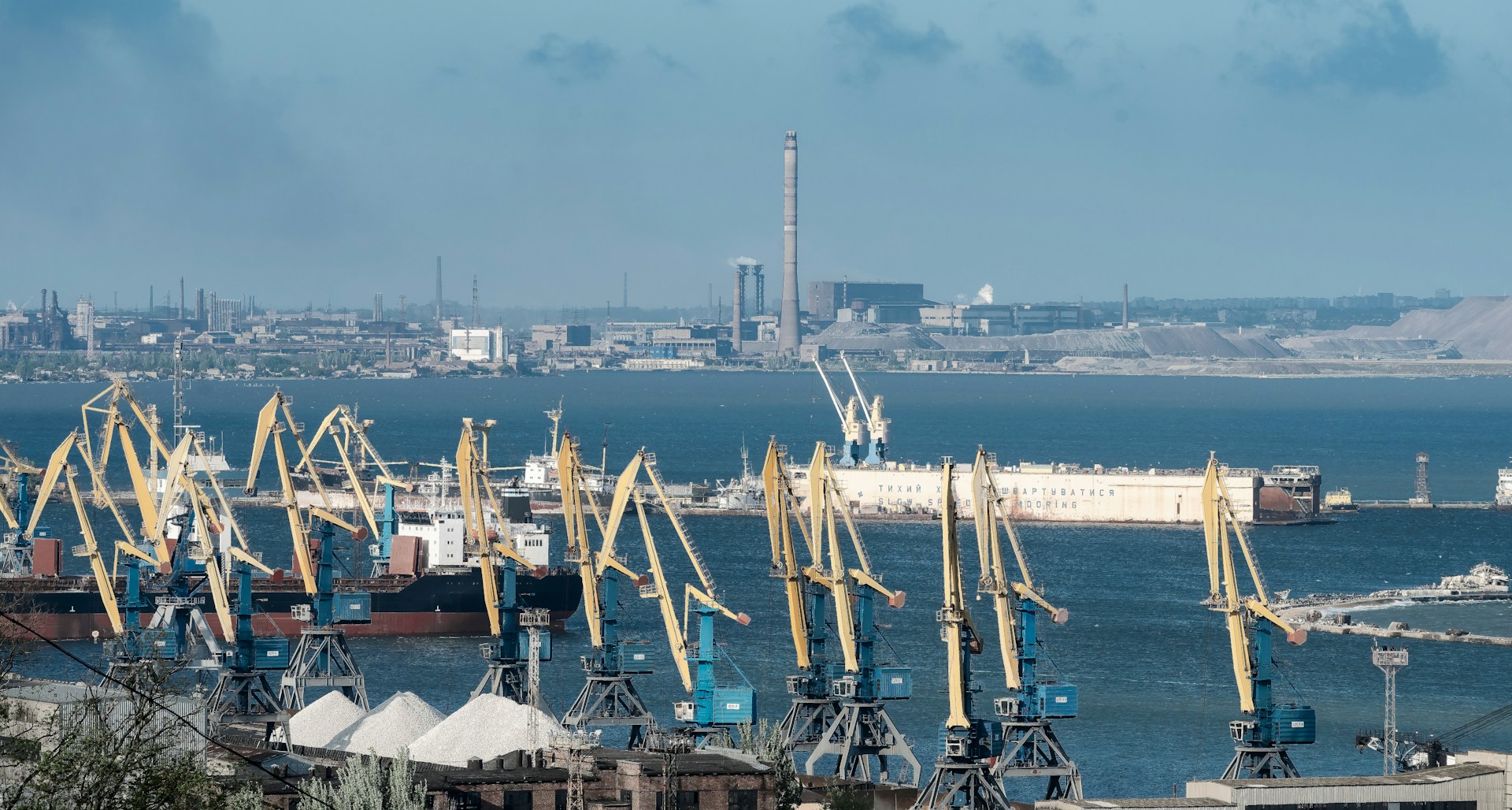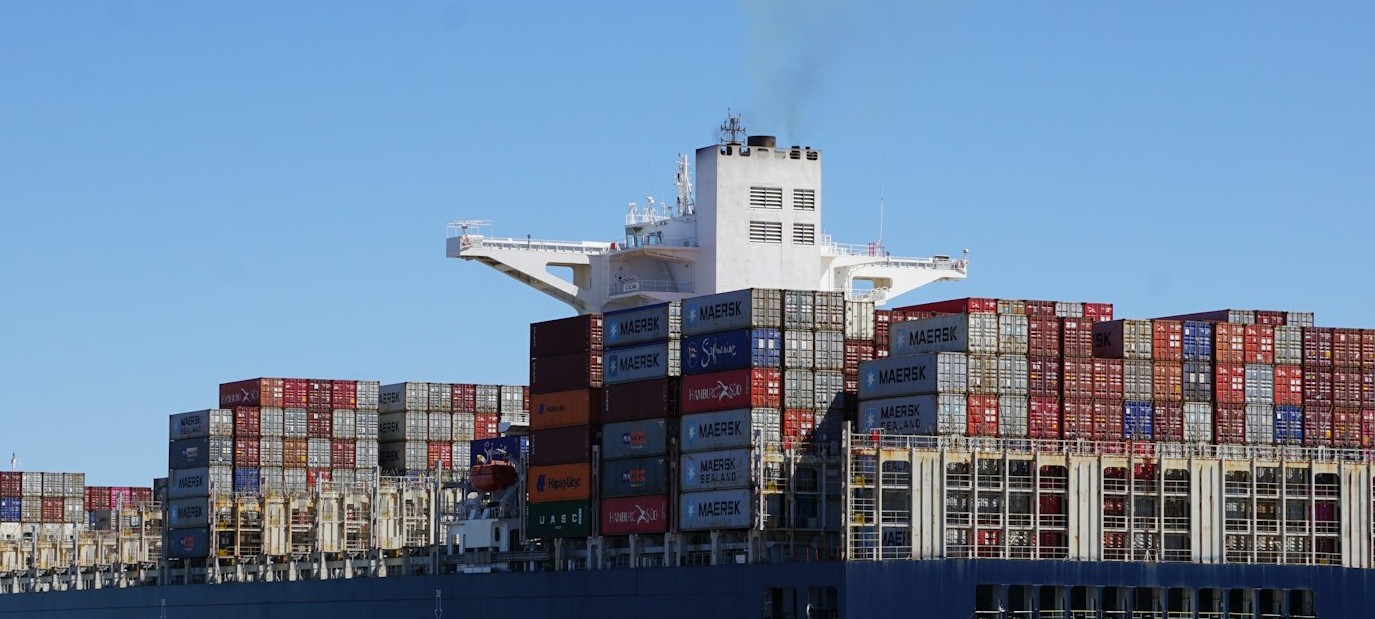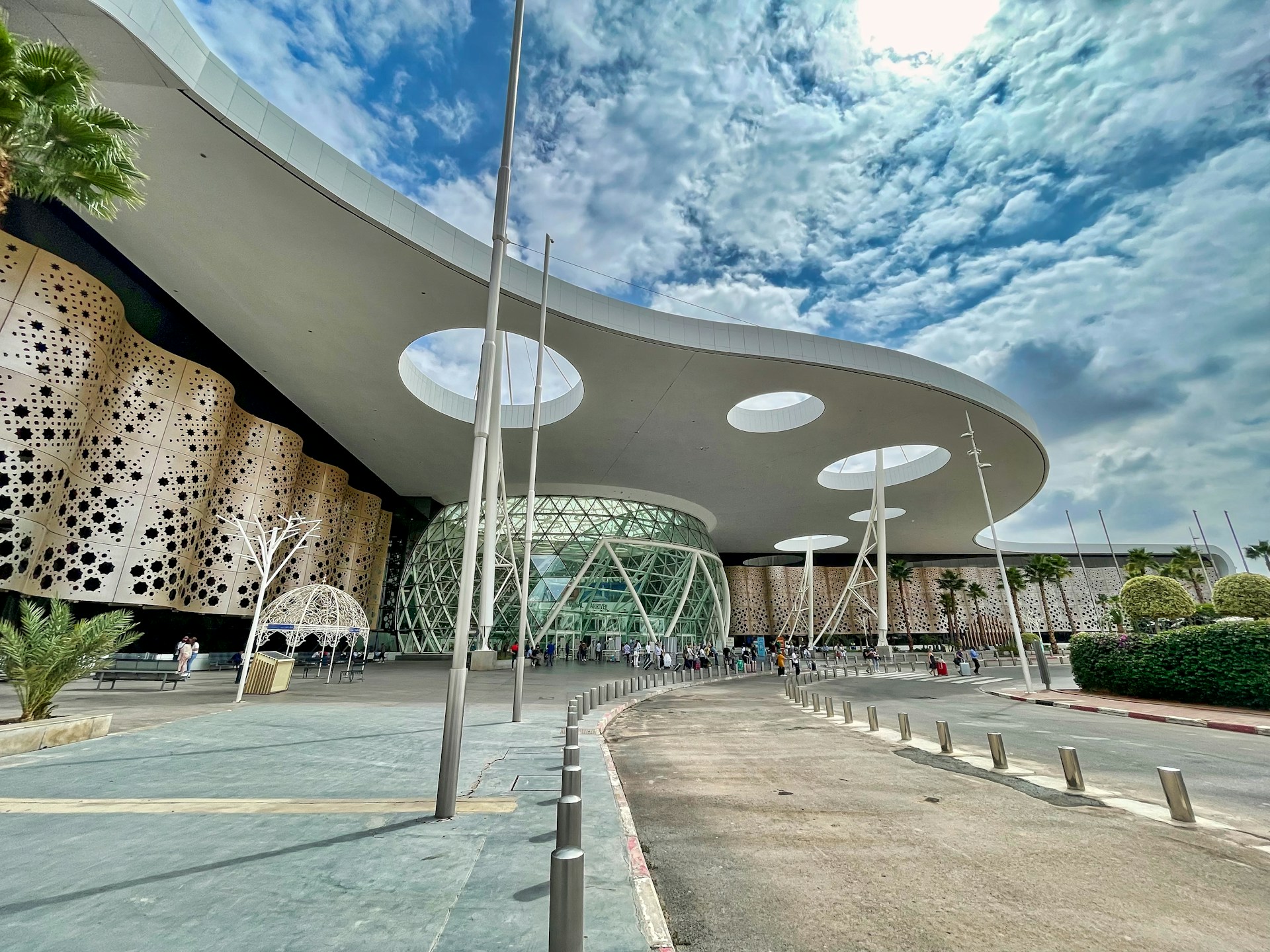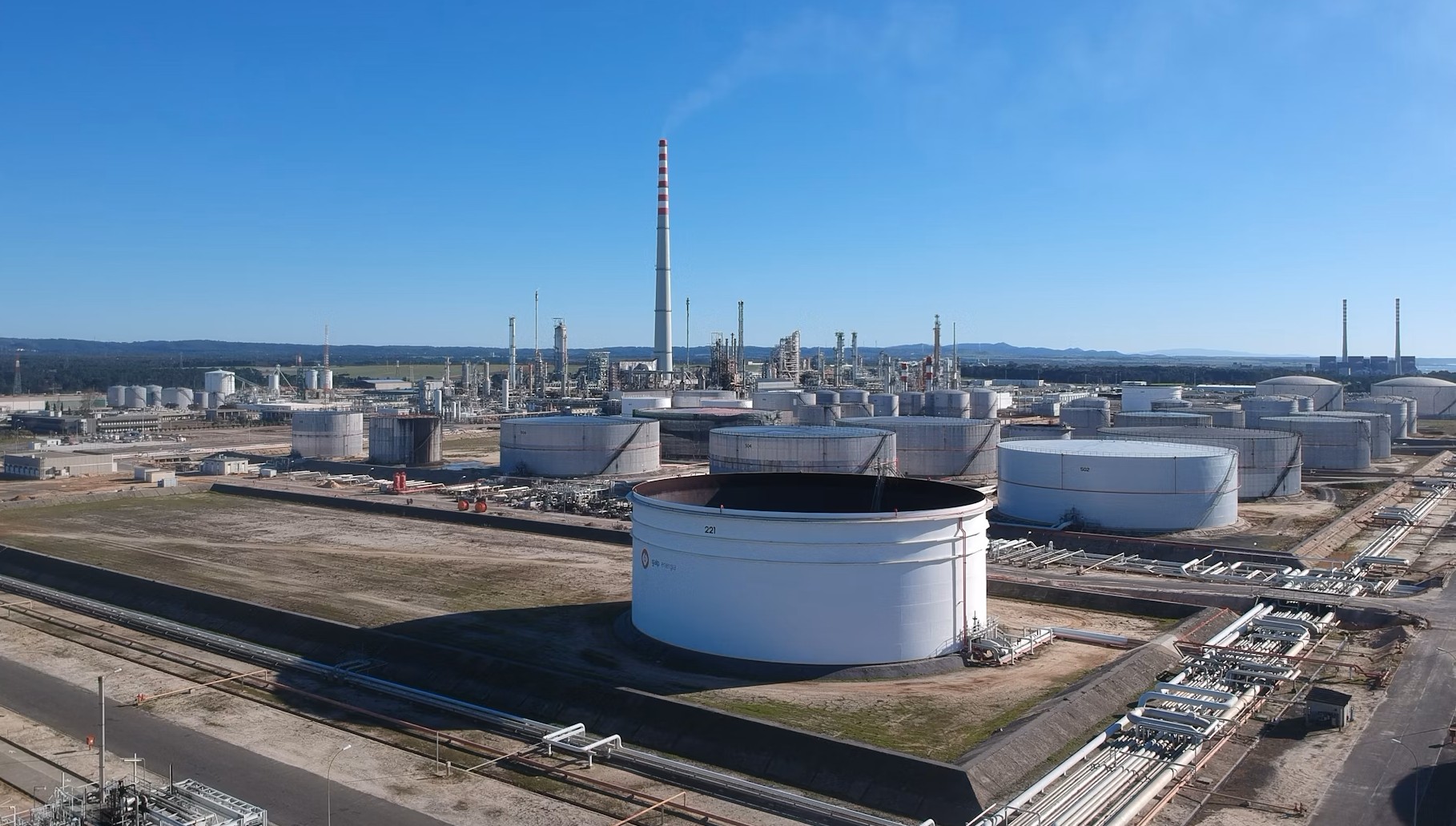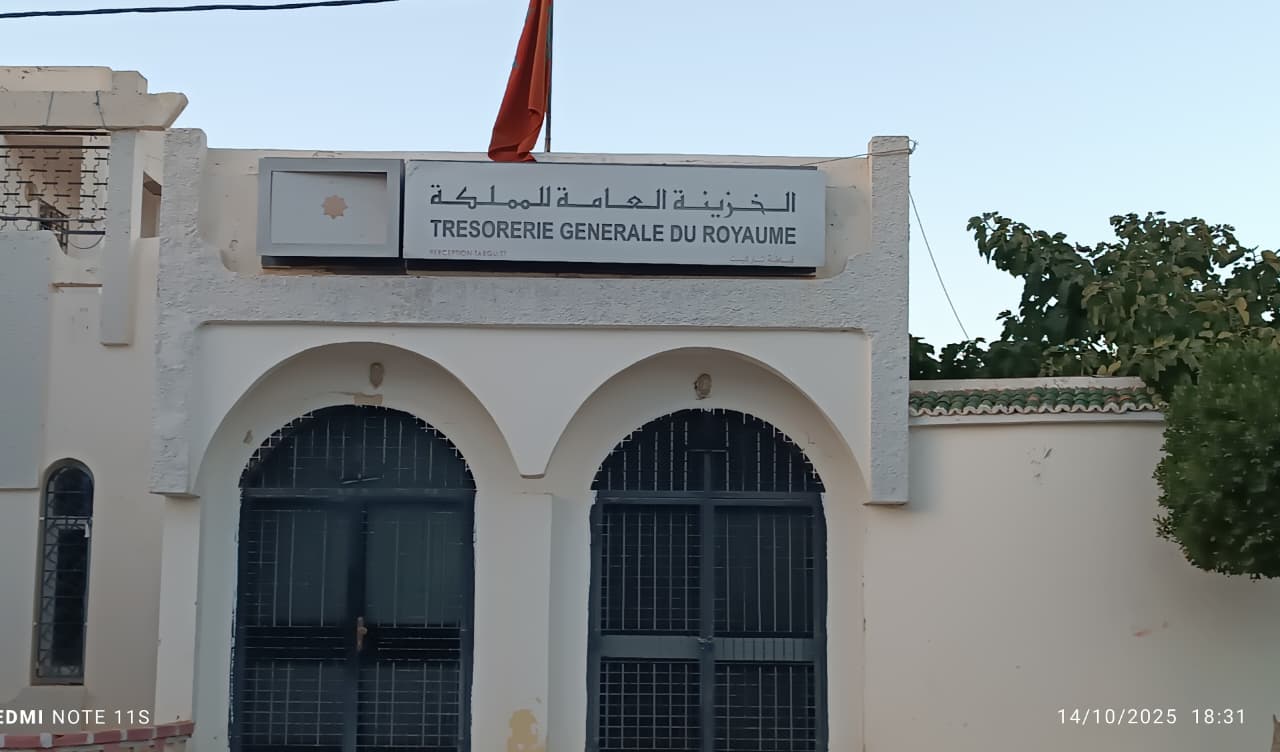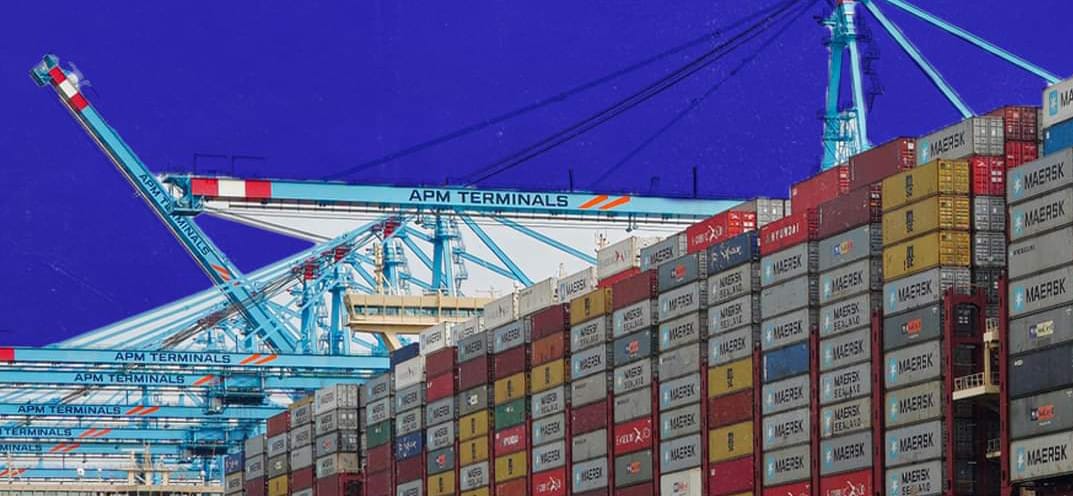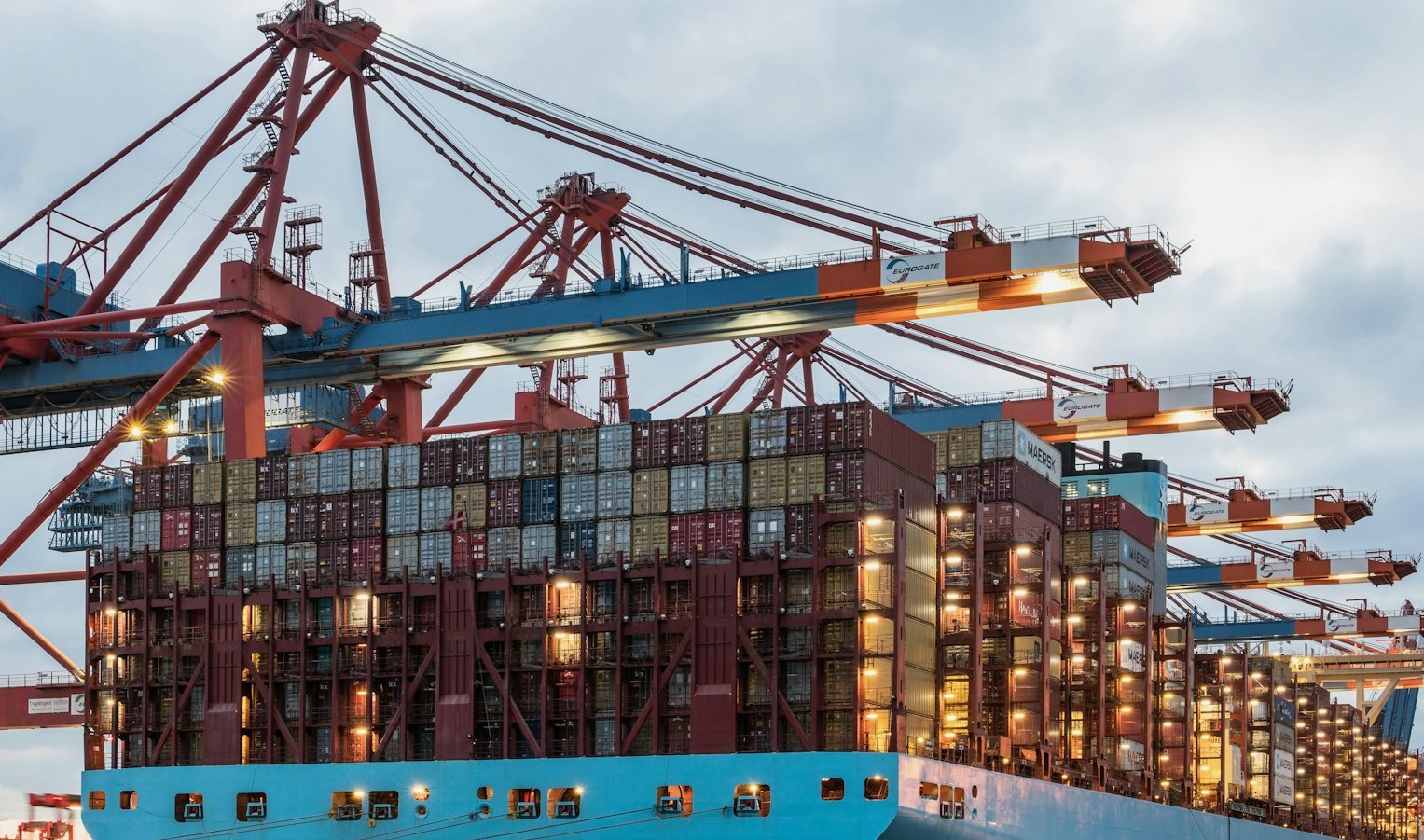Casablanca – Moroccan banks continue to grapple with significant liquidity challenges, even as recent measures have provided short-term relief. A tax amnesty launched in 2024 reintroduced substantial funds into the banking system, yet the structural liquidity deficit remains a critical concern for the sector.
Temporary relief from tax amnesty
In 2024, the Moroccan government implemented a tax amnesty to regularize undeclared liquid assets, leading to the injection of approximately $6.19 billion into the formal banking system. This measure was aimed at offering immediate relief and boosting the overall liquidity of banks, which had been facing a persistent cash shortage.
This inflow of funds helped ease tensions on the interbank market, prompting Bank Al-Maghrib to reduce its weekly interventions from $16.08 billion to $14.85 billion. Concurrently, the volume of seven-day advances, a key liquidity indicator, dropped from $6.19 billion to $5.47 billion.
Ongoing structural challenges
Despite the temporary improvements brought about by the amnesty, the banking sector’s structural issues persist. Projections from Bank Al-Maghrib indicate that the banks’ refinancing needs are expected to continue growing, reaching $16.97 billion in 2025 and $19.82 billion in 2026.
The average liquidity deficit has worsened, now standing at around $15.30 billion, reflecting a 12.39% increase. In response to these challenges, Bank Al-Maghrib plans to intensify its interventions, with the volume of seven-day advances expected to rise to $5.92 billion in the coming period.
Monetary policy adjustments and market trends
In December 2024, the liquidity needs of Moroccan banks averaged $14.01 billion per week, down slightly from $14.31 billion in November. To address this, Bank Al-Maghrib increased its total injections to $15.67 billion, including $6.75 billion in seven-day advances, $5.24 billion through repo operations of one to three months, and $3.68 billion via long-term guaranteed loans.
On the interbank market, the average daily trading volume was $299.48 million, with the weighted average rate at 2.64%, down from 2.75% in November. This decrease followed a decision by Bank Al-Maghrib in December 2024 to cut the key interest rate by 25 basis points to 2.5%.
Future Outlook and Implications
The recent influx of liquidity presents several opportunities. In the medium term, it enhances the ability of banks to finance the real economy, potentially boosting investment and consumption. Additionally, these funds could support public finances through the purchase of Treasury bonds and stimulate the Casablanca Stock Exchange by encouraging more client investment in financial markets.
Nonetheless, the continuous need for refinancing and the persistent structural liquidity deficit remain significant challenges. Bank Al-Maghrib’s projections emphasize the necessity of broader reforms and diversified funding strategies to ensure long-term financial stability in Morocco.
As the banking sector navigates these complexities, the focus must be on implementing both short-term relief measures and long-term solutions to address the fundamental liquidity issues confronting Moroccan banks.
